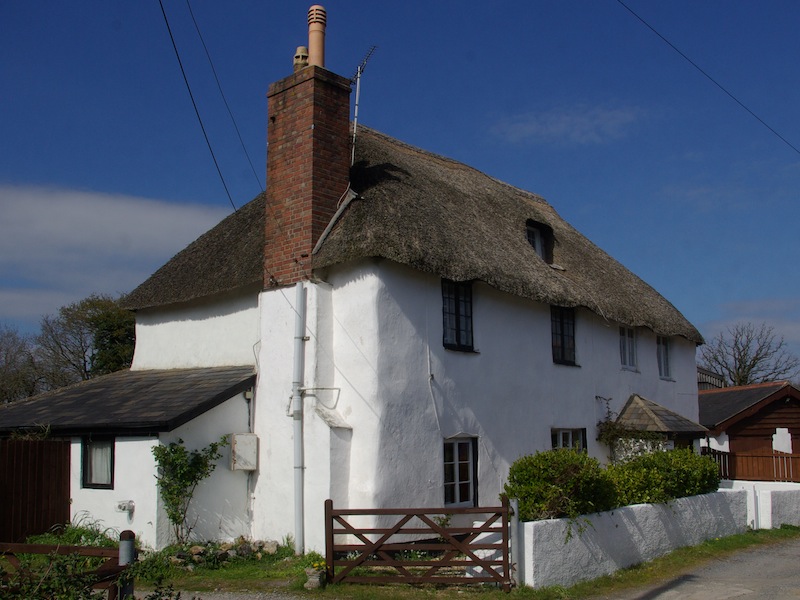At Archway Heritage, we understand the delicate balance between preserving the past and adapting to the present. Whether you’re a property owner, developer, or simply passionate about heritage, these insights will help you work through the complexities of historic building maintenance and renovation. The recommended stages are to remediate dampness and complete other repairs including drafts, insulate and then install heating systems within the building.
Avoid introducing damp and mould problems
When dealing with historic properties, materials and techniques that align with the building’s character is essential to avoid introducing damp and mould problems. Here are some key points to consider:
- Utilise breathable materials (products that allow for moisture evaporation) for repairs to prevent further damage.
- As far as possible, design reversible modernisation techniques to minimise impacts on the building’s historic fabric and character.
Moisture control is essential in conserving historic buildings. Consider these approaches:
- Install adequate ventilation in kitchens, bathrooms, and toilets to expel humidity and prevent dampness.
- Use highly breathable wall and ceiling coatings, especially in moisture-prone areas.
- Elsewhere, opt for ventilated lime-based plastering and rendering instead of hard, non-permeable cement-based renders.
- Be prepared to re-lime plaster and render your property regularly.
Balancing energy efficiency with conservation
Balancing energy efficiency with historic preservation can be challenging. Here’s what to keep in mind:
- Before insulating, check for and repair any gaps or cracks, particularly at the eaves level.
- Use guidance to help you choose insulation materials and methods recommended for listed historic houses.
- Consult with a heritage professional for guidance on materials and methods best suited to your property for problematic areas. For example, lower ground floors or basements may benefit from a ventilated lime-based plastering system. This would consist of lime hemp plaster applied to reed or wool wood-backed boards on the walls with a ventilated air gap between the wall and the lime plaster-backed board. Improvement can also be achieved by installing cast iron ventilation grilles or air bricks need to be installed on the front and rear elevations.
Surface treatments and services
For surface treatments, consider these points:
- Be aware that older layers of paint may contain lead. Take appropriate health and safety measures during preparation.
- For fire safety, avoid using flames for paint stripping. Opt for mechanical stripping where necessary, which may be necessary to strip back to obtain a firm base.
- Use traditional, vapour-permeable, and flexible paints instead of modern impervious ones.
Updating services in historic buildings requires careful planning:
- Where possible, hide new wiring in areas of new fabric to avoid disfiguring historic elements.
- Design service runs to avoid cutting into historic fabric. Some surface fixing may be necessary as long as it meets building regulations.
- When chasing cables into historic plaster walls, use plastic conduits to allow for future rewiring without additional damage.
At Archway Heritage, we provide bespoke solutions that respect the past while embracing the future. For more information on our services or to discuss your historic property project, please don’t hesitate to contact us.


No Responses